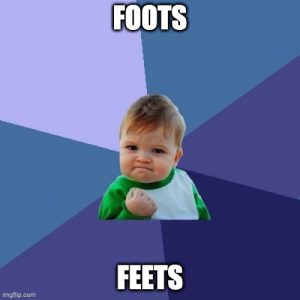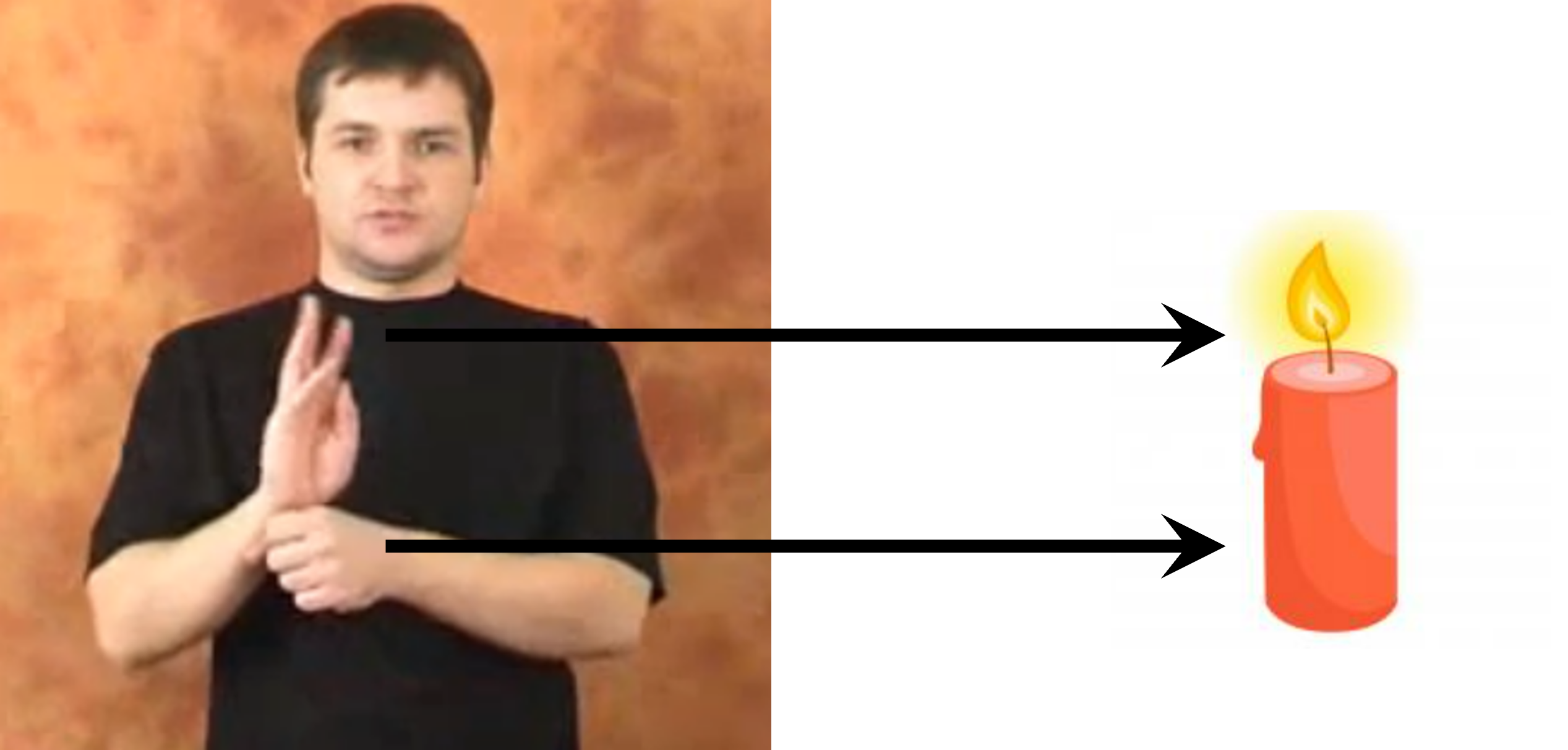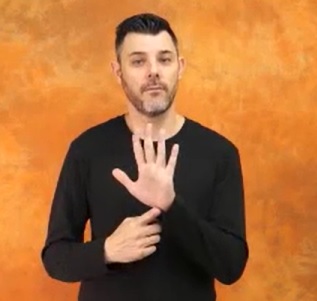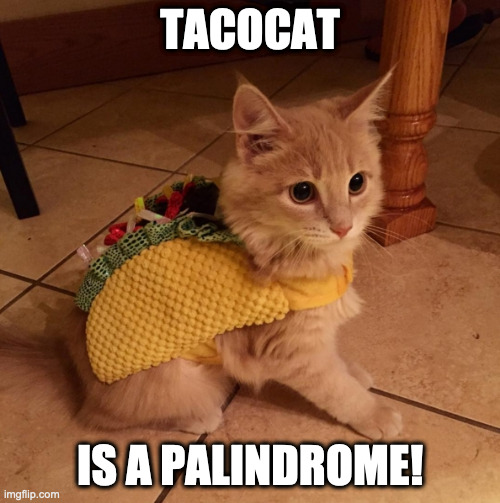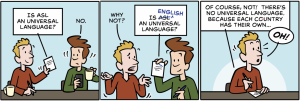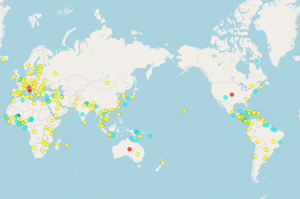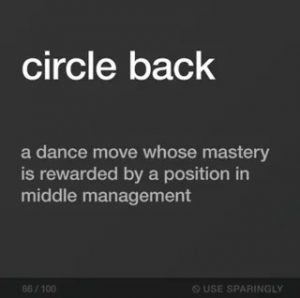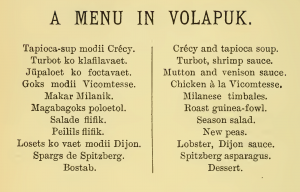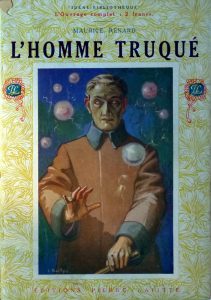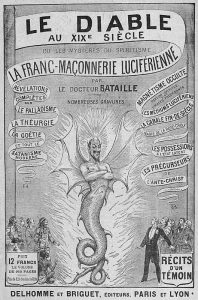Vanuatu: an archipelago full of languages and their names
The Republic of Vanuatu, an archipelago with over 130 indigenous languages, has a myriad of ways of naming them. With so many islands and languages I won’t be able to tell you the history of all those names in such a short space but hope to highlight some of the more interesting naming techniques.
There are two main ways that languages can be named – either by the people who speak them – endonymic, or a name given by outsiders – exonymic. In the case of Vanuatu, this has led to a confusing array of multiple names for the same language.
What?
Several of the languages of Pentecost Island are named after indigenous words meaning ‘what’ – Sa, Ske, Apma and Hano are all named this way. Did these names arise due to brief exchanges between the different language communities? Was the question, ‘What is your language called?’ met with a rather confused reply of ‘What?’. However amusing this is, it is probably not how these names came about. The terms for ‘what’ are actually linguisitc identifiers, words in the different languages that set them apart from each other and were highlighted by the different language communities – ‘we say sa here, but they say ske there’.
The Hano language was originally known to Europeans as either Lamalanga or Loltong, after two of the larger villages where the Christian Mission were located.1 Nowadays, speakers of Hano prefer to call their language Raga. This is the endonymic term used not only for the language, but also for the northern part of Pentecost, where the language is spoken, and for the island as a whole.2 Of course, to make things more complicated there are other exonymic names for Raga, such as Kihip, given to it by the speakers of Apma.
Surprise!
Two of the languages of Malekula Island, Naman and Sang, are both endonymic expressions of surprise.3 Naman, apart from being a palindromic language with a palindromic ISO code, also has a surprising history as it was previously known as Litzlitz, the name of a village where some of the speakers still live. Litzlitz is itself a colonial twisting of the true endonymic name of the village – Lenslens – named after the pieces of dead coral which are washed ashore from the reefs and make up many of the beaches in the archipelago.
Where?
Many languages are simply named after the location where they are spoken, such as the place names used by missionaries on Pentecost Island above. One language, North Ambrym, is named after the part of the island it is spoken on – Ambrym. The island is believed to have been named when Captain Cook explored the archipelago and came ashore near the village of Fonah in the northern part of Ambrym Island. He is said to have exchanged oranges with the local chiefs, who gave him yams in return, who said in the local language, North Ambrym, am rrem ‘your yams’.
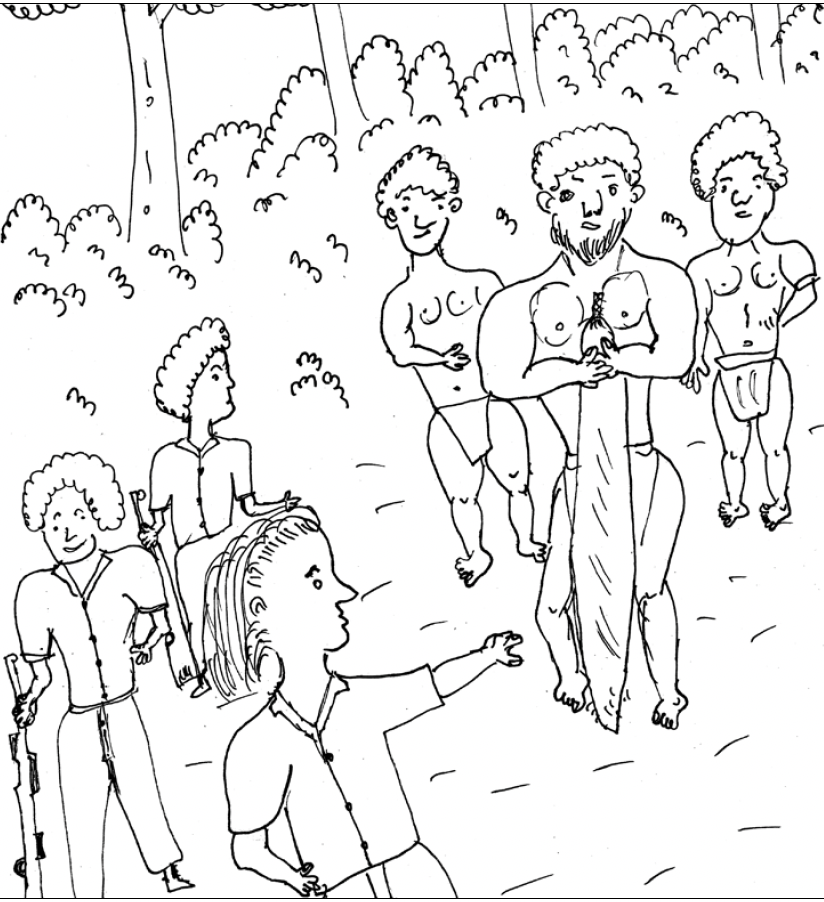
So, the name for the language spoken in the northern part of the island is a concoction of a cardinal direction and an exonymic mangling of an indigenous phrase. As the North Ambrymese say, Captain Cook had a heavy tongue and misspoke our words. Interestingly, a very similar story for the naming of Epi Island is told by the Bierebo language speakers there too – that when Cook came ashore he was given yams and enquired about their names – and mispronouncing their reply, yupi, as epi.4
There is a small problem to these wonderful stories – Captain Cook never actually set foot on Ambrym or Epi and merely sailed past. Of course, this does not mean that similar exchange of yams and oranges did not happen, but that maybe it was a different European navigator or missionary.5
So, if not named after an exchange of yams, where does the name Ambrym come from? Captain Cook sailed past Ambrym and onto Malekula Island where he went ashore at Port Sandwich (named by Cook after the Earl of Sandwich). There, the indigenous group who speak Port Sandwich, or Lamap as it is known endonymically after the place it is spoken, told Cook the names of the surrounding islands, Ambrym being one of them. So Ambrym is actually an exonymic language name. I believe the name Ambrym itself derives in part from the word meaning fire in the Port Sandwich language, gamb [ɣaᵐb], and in many other Malekula languages, simply amb. Though unfortunately I haven’t been able to figure out what the second part of name – rim – means.
What has Ambrym and fire got to do with anything? In the traditional mythology of several of the culture groups of eastern Malekula, especially on the small islands of Atchin, Vao and Wala off the eastern coast, the souls of the dead would be ferried across to Ambrym and then climb the volcano, the land of the dead, to spend their afterlife.6

Word, Speech & Language
Nowadays, the languages of Ambrym are shedding their exonymic names and reclaiming their endonymic names. The endonymic language names of Ambrym Island nearly all are related to the meaning ‘word, speech, language’ along with a demonstrative such as ‘here’ or ‘of this place’: Rral (North Ambrym), Daakie, Daakaka, Dalkalaen, Raljako, Raljaja and Vatlongos. But one smaller language also spoken in Ambrym– Fanbak is still a place name, meaning ‘under the banyan tree’.
This is itǃ
Finally, the two languages of northern Ambrym – North Ambrym, which has two dialects, and Fanbak are often referred by speakers using an expression meaning ‘this is it’ or ‘here it is’. The two dialects of North Ambrym are referred to as Ngeli and Ngeye, whereas Fanbak is called Ngelē. Again, these are linguistic identifiers, similar to the words for ‘what’ in the Pentecost languages, or the terms of suprise used for the languages in Malekula.
There may be over 130 languages in Vanuatu, but there are certainly even more names for them!
- Lynch. John, Malcolm Ross & Terry Crowley. 2002. The Oceanic Languages. Curzon, Richmond Surrey. p21 [↩]
- Vari-Bogiri, Hannah. 2011. Phonology and morpho-syntax of Raga, Vanuatu. PhD Thesis, University of the South Pacific. p2. [↩]
- Crowley, Terry. 2006. Naman: A Vanishing Language of Malakula (Vanuatu). Canberra, Pacific Linguistics. p13 [↩]
- Budd, Peter. 2009. Topics in the grammar of Bierebo, Central Vanuatu, with a focus on the realis/irrealis categories. PhD Thesis, SOAS, University of London. p26 [↩]
- Patterson, Mary. 2010. Moving Histories: An Analysis of the Dynamics of Place in North Ambrym, Vanuatu. The Australian Journal of Anthropology. p206 [↩]
- Layard, John. 1942. Stone Men of Malekula. London, Chatto & Windus. p79. [↩]
